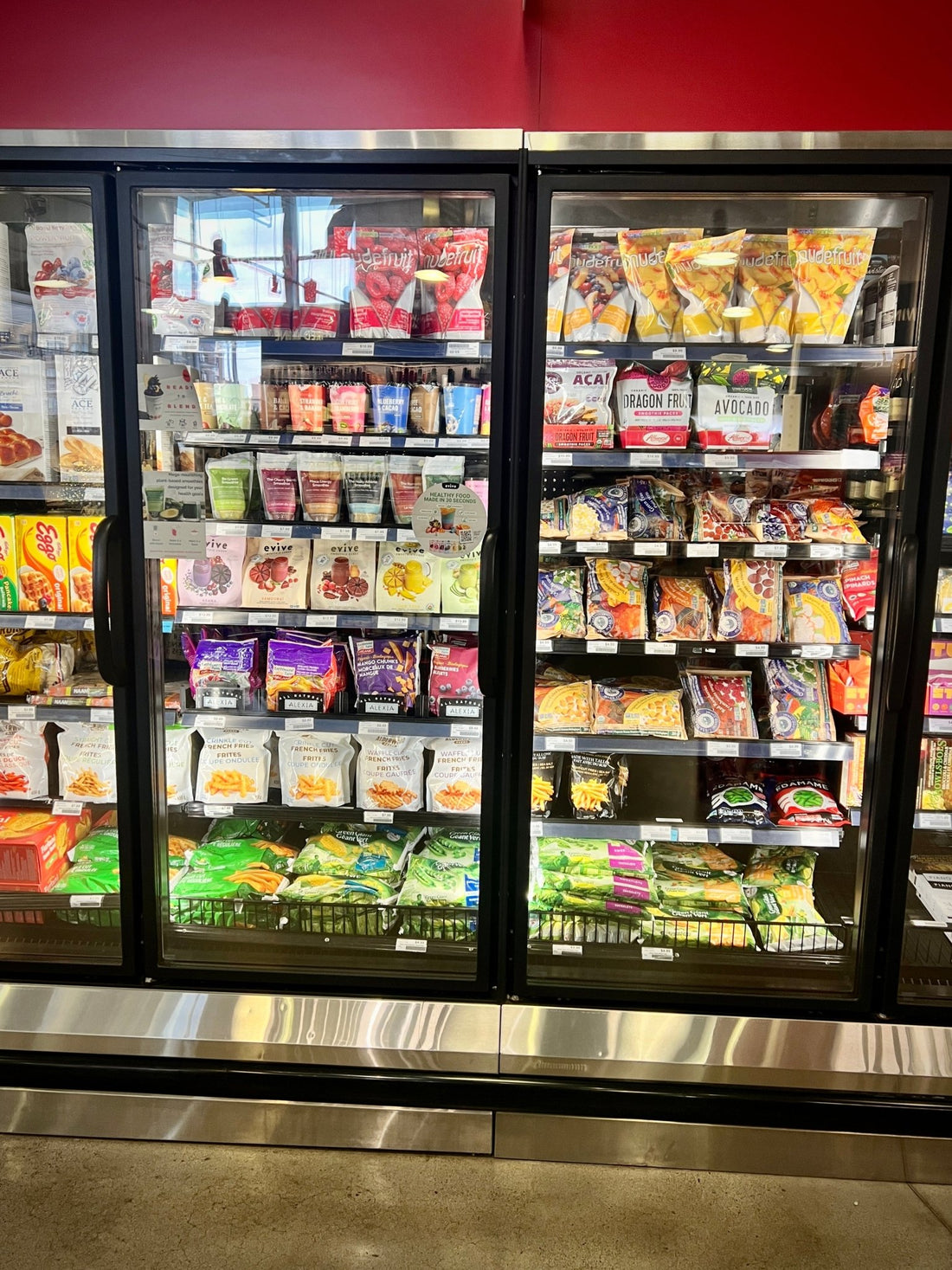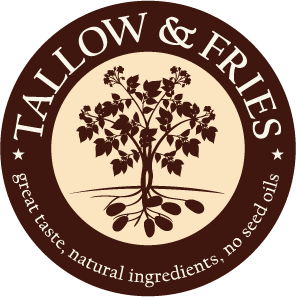
Food Packaging: Plastic #7 vs Our Packages
Share
Recycling in the City of Toronto is a significant effort, but the city faces challenges when it comes to certain types of plastic—especially Plastic #7. This category, often labeled “other,” is a catch-all for mixed or layered plastics that don’t fit into the #1–6 classifications. While Toronto residents are diligent recyclers, the limitations around Plastic #7 pose a dilemma for households and businesses alike, particularly for those in the frozen food market.
The Plastic #7 Problem
Plastic #7 is notoriously difficult to recycle because it can be made from a wide range of polymers, including biodegradable plastics, multi-layered packaging, and polycarbonate. In Toronto, this type of plastic is largely excluded from curbside recycling programs, typically ending up in landfills or incinerators.
For consumers, this often leads to confusion. A frozen food package labeled with the recycling triangle and a “7” might seem recyclable, but it often isn’t. This discrepancy underscores the gap between consumer behavior, municipal recycling capabilities, and the composition of plastic packaging in the marketplace.
Plastic Packaging in the Market
The food industry heavily relies on plastics for packaging, particularly for frozen foods. These products often use multi-layered plastics to ensure durability, resistance to moisture, and preservation of freshness. Unfortunately, these layers of different plastics make the material nearly impossible to separate and recycle effectively. This is inherently why packaging in the form of standup pouches are not accepted in municipalities like the City of Toronto. If you look closely for the recycling labels on these packages, you’ll find it’s absent or quire often #7 plastic.
The majority of frozen food packaging falls into Plastic #7 or other non-recyclable categories, leaving consumers with little choice but to discard the packaging into the garbage or even placing them in the recycling bin unknowingly adding to the piles of contaminant. This creates a significant environmental burden, as these materials contribute to the growing problem of plastic waste in landfills.
A Better Path: Tallow & Fries Packaging Are Fully Recyclable!
At Tallow & Fries, we’ve chosen a different approach. Our frozen food packaging is made 100% from HDPE (high density polyethylene), or Plastic #2, which is one of the most recyclable plastics available. Unlike Plastic #7, HDPE is accepted in almost every municipality’s recycling program, making it easier for our customers to ensure the packaging is properly recycled. As we mentioned above, the City of Toronto does not recycle standup pouches because they are typically multi-layered, multi-plastic packages. However, given our packages are 100% HDPE, please ensure you recycle each of our packages.
We also chose HDPE because it does not contain BPA or Bisphenol A (a known endocrine disruptor) like some #7 plastics, has lower potential risk of chemical leaching relative to other plastics and has a lower carbon footprint compared to other plastics. You can read some articles related to these plastics and packaging at livestrong (here), chefresource (here), US FDA (here) and Health Canada (here) and a Government of Ontario website regarding food packaging and labelling (here).
But we’re not stopping there. We’re actively exploring ways to minimize waste and further enhance our sustainability practices. While we like the idea of having more “air” to seal in freshness and provide a protective buffer for our product (no one wants a broken fry), we’re balancing the notion of smaller packaging and the costs of our products. These initiatives do come with meaningful additional costs, but we believe investing in packaging solutions that minimizes touch points of things we don’t want to eat. We’re not going to be perfect out of the gate, but know that we’ll always be working towards a better solution.
The Transition to Extended Producer Responsibility (EPR)
Ontario is transitioning to an Extended Producer Responsibility (EPR) model for recycling through 2025 and 2026. EPR shifts the responsibility for recycling from municipalities to the producers of the packaging themselves. This means manufacturers and brands will need to design packaging that is easier to recycle or take accountability for its end-of-life management. You can read more about it on the City of Toronto website link here.
For companies producing frozen foods, this could mean a pivot away from traditional multi-layer plastics toward innovative solutions, such as mono-materials, compostable films, or reusable packaging. However, these changes come with significant costs and logistical hurdles, which we believe we’re ahead of. We believe we’re ahead of the game, but we’re watching carefully how these initiatives roll out and what it means for our packages as well (if any).
Looking Forward - Transition Ahead
Toronto’s limitations (and many other Canadian municipalities) on recycling Plastic #7 highlight a broader issue of low cost packaging practices and recycling infrastructure gaps. With EPR on the horizon, we would expect the food industry will need to shift their packaging towards more readily recyclable solutions, like moving from #7 plastics to HDPE.
Additional Readings…
We’ve aggregated a few extra articles for your convenience which give additional details regarding which plastics to use and which plastics to avoid.
Types of Plastic Food Packaging and Safety: A Close-Up Look (April 8, 2024)- Chemical Safety Facts.
How to use plastic food storage containers Nov.13, 2020 - Academy of Nutrition and Dietetics.
Food additives and Child health – August 2018 - American Academy of Pediatrics (AAP).
